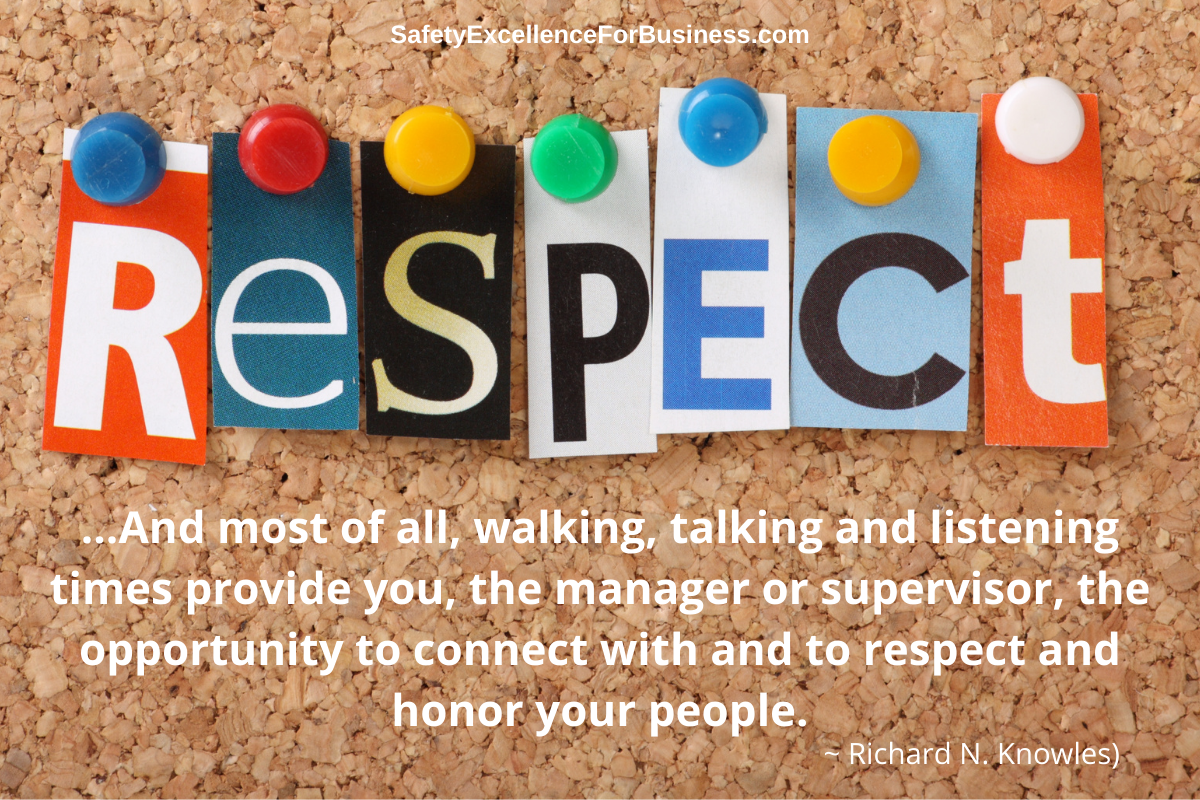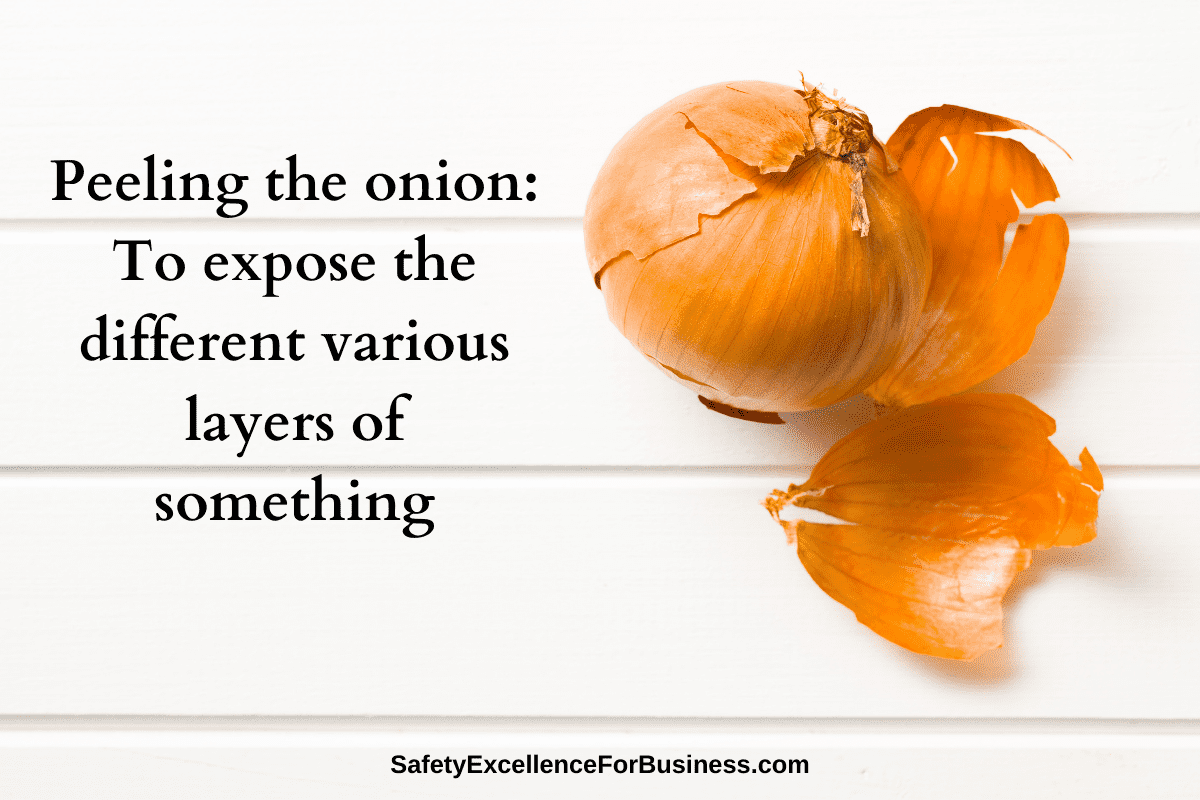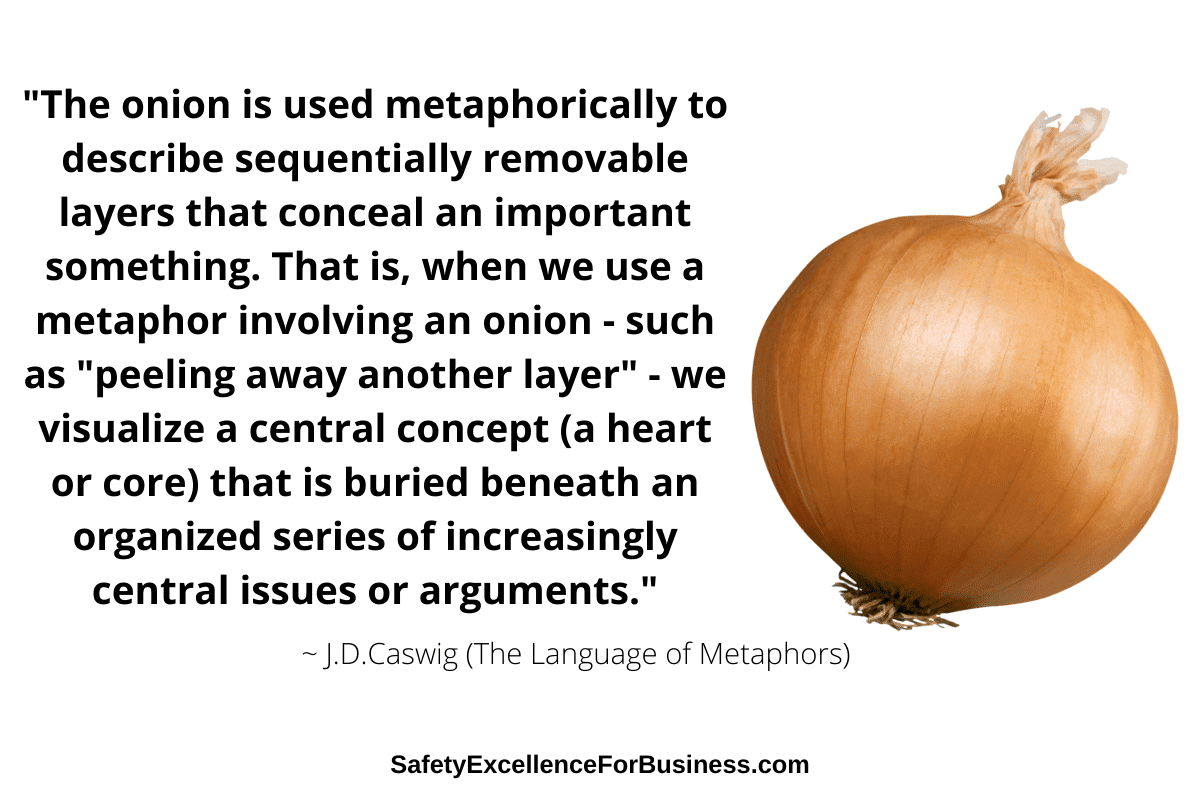So much of our safety efforts are aimed at trying to get the people to do safety right.

Photo Credit: OSHA.gov/Safety
There are lots of good ideas, new techniques, slogans, better equipment, PPE and so on. When I go to an American Society for Safety Professionals Conference, I am awed by the beautiful displays of new and better equipment and supplies. A lot of safety people are trying to improve safety in the workplace. It is hard work, and progress in reducing injuries and incidents is slow.
My Earlier Years
Over my 20+ years in managerial positions, working to improve the performance of organizations, I have found that the way I worked in my early years of pushing, pushing, scolding, blaming, looking for root cause, etc. was not very successful. I did not listen well and did a lot of arguing. I took an approach of trying to take things apart, thinking that if I understood the parts I could fix things. I felt that I had to know everything and fix the problems and the people. But the same problems kept popping up and no one seemed to learn or care. Trying to catch people doing something wrong, sets us up for a lot of arguments and struggles. Many organizations where I worked were not happy places. (And I learned that it didn’t have to be that way – old school management certainly had its flaws!)
Growing Up
However, when I began to realize that almost all people are smart in their own ways, things began to change. As I learned to purposefully go into the workplace, sit down with the working people, and listen to what they had to say, I found that most people are doing things quite well. They wanted to help to make things better. Most people do not want to get hurt or cause a problem. Rather than treating them as if they just did not care, I realized that they had a lot to offer and wanted to contribute. I just had to ask them, listen, and create the conditions where they could be their best. (They had so much information and innovations to offer!)
At first, I found the people frustrated and unhappy that no one had ever listened to them. When I first began to walk among them, there was a lot of fear and little trust. What was I really doing? Was I really trying to engage with them and learn? Was I just trying to find something wrong in a sneaky way? As I kept trying, kept listening and learning to talk with the people, and not at them, things began to shift. Each conversation was a little step, so I had many conversations. When I was the Plant Manager at the DuPont Belle, WV Plant, I did this for 4-5 hours a day for over 7 years. (Yes, I kept long work hours!)
In talking with the people, building trust, and helping them to see that they were an important part of our total success, our performance improved. In the first 4 years, our injury rate dropped by 97%, emissions dropped by 95%, productivity rose by 45% and earnings rose by 300%. We kept getting better. I did not do this by myself, the people, all of us together did this. I found that in all these conversations that the collective intelligence of the whole organization went up and kept going up as we all talked and learned together. We all became partners in building a successful business.

My Consulting Experiences in Safety
Over the last 28 years of consulting with organizations around the world, to help them improve their performance, I have used and taught this approach. I have developed a focused tool for our conversations that helps to make this work focused, effective and fast. It helps the people to see what they are doing, breaks down barriers, builds trust, enables them to solve complex problems, and make decisions close to their work. In these conversations the collective intelligence of the groups always goes up. All dimensions of their performance improve, often quite quickly. They sustain this work for years by continuing these conversations among themselves. I call this tool the Cycle of Intelligence. It is simple to use, requires no new capital investment and helps the people, all of them from the top down, to sustain and improve progress in their continuous conversations.
Invitation:
If you want to learn more about the Cycle of Intelligence and how this process works, please give me a call at 716-622-6467 or contact me at richard@rnknowlesassociates.com. We can set up a Zoom call if necessary. (Yes, we do “Train the Trainer” sessions.)







